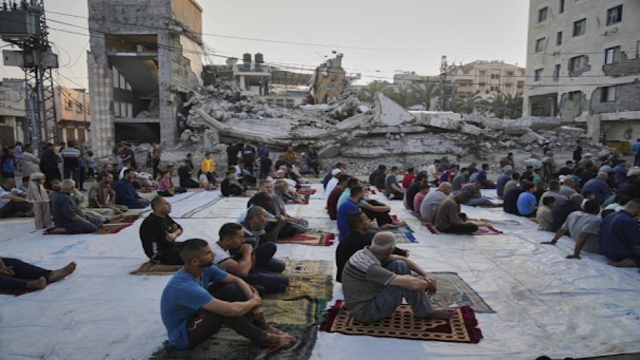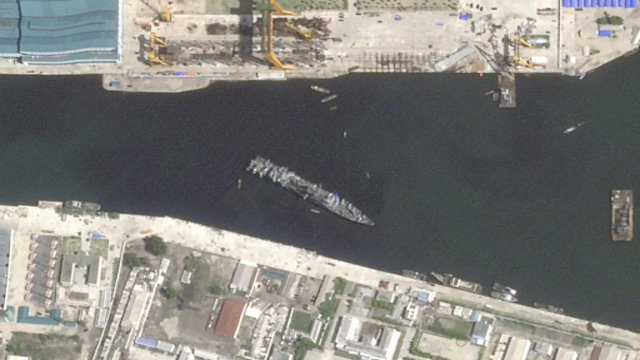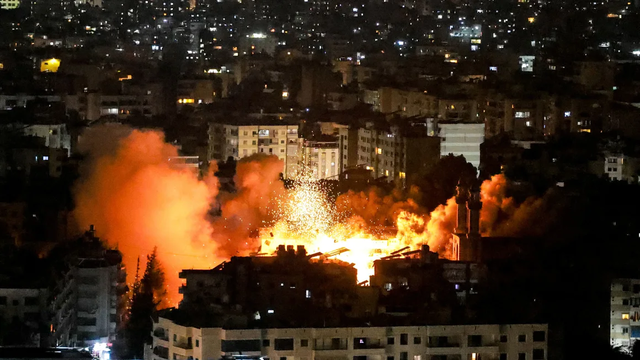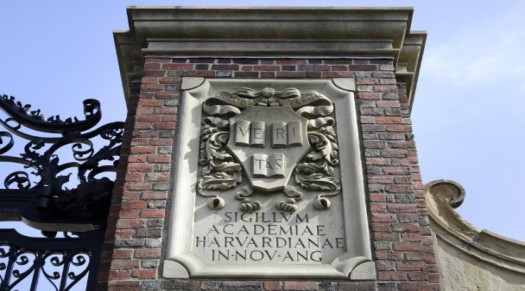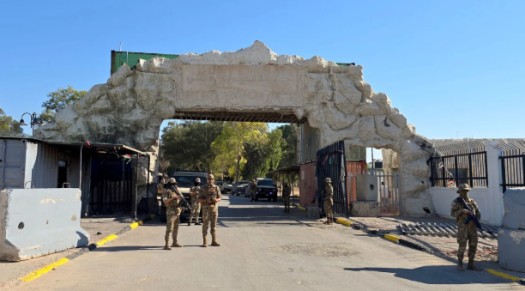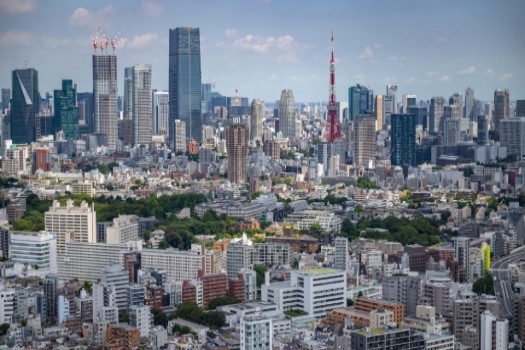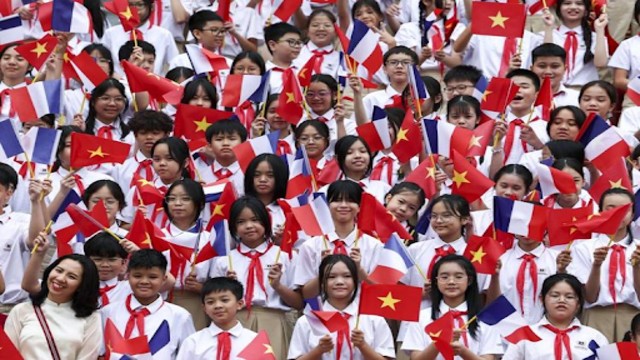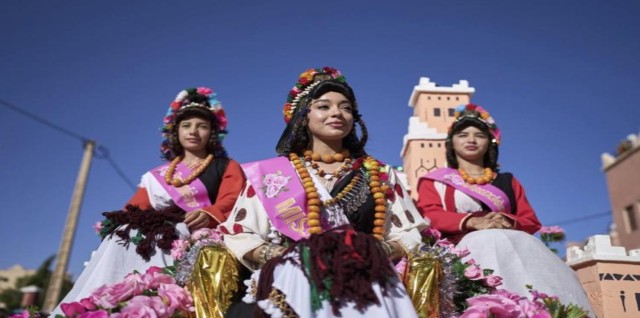
Winners of the Miss Ross Pageant join a parade during the annual Rose Festival in Kalaat M’Gouna, Morocco, Wednesday, May 7, 2025
Every spring, a quiet Moroccan town erupts into color and fragrance. Kalaat M’Gouna, nestled in the High Atlas mountains, becomes the epicenter of Morocco’s iconic Damask rose harvest. The desert blooms, roses perfume the air, and life blossoms in every corner of this scenic region.
Rain Brings a Rosy Boom
This year’s rainfall has worked wonders. Thanks to steady showers and occasional desert downpours, the region is witnessing an extraordinary rose yield — nearly 4,800 tons. That’s significantly higher than the average of recent years, says the Regional Office for Agricultural Development in Ouarzazate.
“Thank God for the rain,” says Fatima El Alami, a local rose picker. “There are roses elsewhere, but nowhere like here.”
The Ideal Rose Climate
Kalaat M’Gouna enjoys mild temperatures, plenty of sunlight, and low humidity — perfect for cultivating Damask roses. These conditions allow the roses to thrive naturally without heavy irrigation. In fact, the flowers stretch across over 1,000 hectares, sustaining both the land and the local livelihood. Each hectare creates more than 120 days of employment, making rose farming vital in a region where job opportunities are limited.
Roses as a Sustainable Treasure
Local officials highlight the rose industry as a model of sustainable development. The flowers are deeply embedded in local culture and adapted to the climate — even amid Morocco’s prolonged drought.
“Roses here are perfectly suited to our conditions,” says Abdelaziz Ait Mbirik, head of the Agricultural Development Office.
With prices rising — a kilogram of roses now fetches five to six times more than a few years ago — small-scale farmers are seeing greater returns. Many rely on drip irrigation, making the rose crop environmentally sound and economically important.
International Rose Festival: A Town in Full Bloom
Every May, the International Rose Festival transforms Kalaat M’Gouna into a rose-themed wonderland. Now in its 60th year, the festival is a visual and cultural feast. Pink taxis zip through the streets, teens sell rose-shaped car accessories, and rose-themed carousels spin children around in delight.
Billboards in six languages — Arabic, French, English, Spanish, Japanese, and Amazigh — advertise rosewater, oils, soaps, and balms. These natural products are believed to soothe skin, reduce inflammation, and offer a sweet, calming scent.
From Field to Fragrance
The journey from farm to bottle is intimate and labor-intensive. Women snip roses by hand, tossing blooms into wheelbarrows. They earn 80-100 dirhams a day ($8–$10) during harvest season.
The flowers are then bundled into sacks and taken to local distilleries. There, artisans like Mohammed Ait Hamed sort the roses and steam them in copper alembic stills. The process extracts precious rosewater and oil, later bottled or blended into luxurious beauty products.
These elixirs are now gaining international fame, thanks to their healing and aromatic qualities.
Honoring the Hands Behind the Harvest
At the heart of the festival is a parade where petals rain down from floats and music fills the air. This year’s Miss Rose, Fatima Zahra Bermaki, waved to the crowds, but made sure to credit the unsung heroes. “The ladies who pick the flowers are the important ones in all of this,” she said. “Without them, none of this would be.”
Looking Ahead
With global demand rising, local authorities aim to expand rose cultivation in the coming years. For Kalaat M’Gouna, roses are more than a flower — they are lifeblood, culture, and future.
As long as the desert blooms, this small Moroccan town will continue to captivate the world with the scent of its cherished Damask roses



